The folks at Cinema5D put the Sony A7s low-light monster through a thorough dynamic range test against industry heavyweights – ARRI Amira, newcomer – Panasonic GH4, and field-proven – Canon EOS C300, Canon 5D mark III and Canon 1DC DSLR. They call this test – the Cinema5D Lab test.
By dynamic range what is meant is generally the latitude, or range of shades of grey at a given exposure that the sensor can capture. In other words, it measures the levels of luminance any given camera can capture. The bigger the number, usually measured in stops, the more detail is retained in shadows and highlights, making for a more robust, natural-looking and visually pleasing image.
What is the cinema5D test lab?
cinema5D has established their own scientific testing facility to accurately measure and evaluate the performance of cameras. As a platform for reviews about cinematic cameras we strive to provide objective comparisons and share insights to help you choose the right camera for your projects.The cinema5D test lab has been developed over the past 6 months. We are using precise imaging tools, techniques and software to evaluate each camera’s performance precisely. The following test indicates one of several attributes we test when looking at a camera sensor.
The Sony A7S is definitely an incredible low-light performer, but not only that, it’s strength lies in it’s sensor’s ability to deliver very detailed 1080p down-sampled image without line-skipping from a 4K sensor in a robust 4:2:2 XAVC-S codec. Yes, it is 8bit 4:2:2, but coming from a monster full-frame sensor with superior low-light capabilities, like the Bionz X, the images from the Sony A7s can rival some 10bit images coming from competitor cameras in a heart-beat.
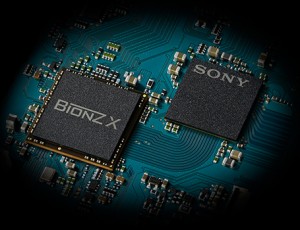
The A7s also benefits from a high-quality OLED viewfinder, slow-motion 50/60p mode, as well as a much often neglected APC-S crop-mode, which approximates a Super 35mm gate in the world of film cameras – the standard for feature film acquisition of the last 50 or so years.
Here’s the dynamic range test that Cinema5D did:
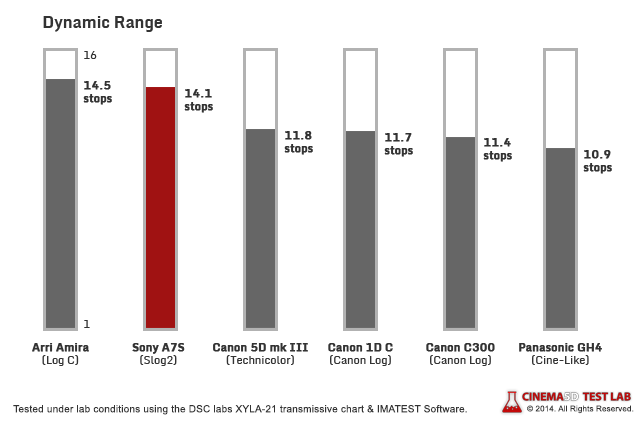
Surprised by the results? We were a bit. Definitely surprised to see the A7s get so close to the Amira, which has the same sensor as the ALEXA, which is rated at 14 stops of DR. Now, as the chart shows above, the A7s was shot in S-Log2 Cine Gamma for this DR test in order to get the most out of the sensor.
Sure, Sony rate it thereabouts, but that’s usually just a marketing gimmick, and the real usable DR is usually at least 1 or 2 stops below what the manufacturer claim, as in their testing maybe the A7s was rated at 13.5 stops, and of course they will round up for marketing purposes. Cinema5D used the Zeiss 50mm CP.2 Macro below for their test as well as DSC Labs Xyla 21 charts for this test.
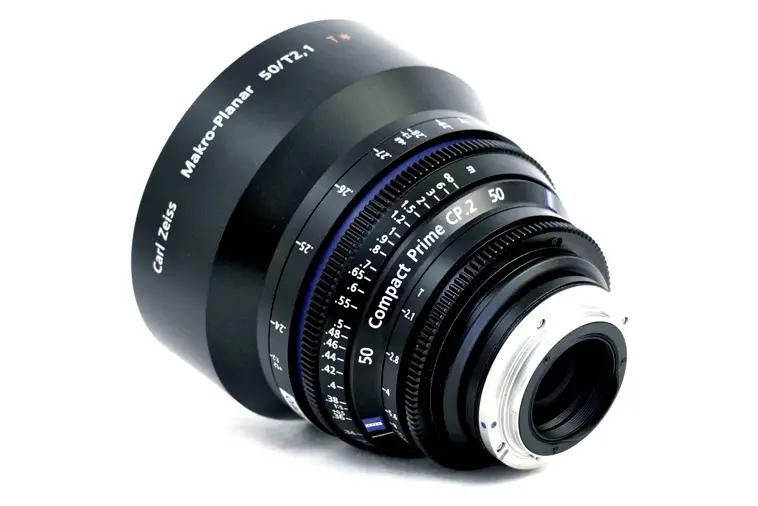
As a rule of thumb, anytime I look at DR tests, I’d always take-off 1 stop of DR just to be safe, a more conservative approach. After all, if 13 stops of Dynamic Range is not to your liking, or does not allow you to get a pleasing image, maybe you should consider a different line of work.
Ok, so with that said, back to the chart above.
The Canon 5D Mark III does not have a log option, but the Canon C300 does – Canon Log. I am a bit startled that the 5D Mark III did better than the C300 and the Canon 1DC, and here is what Cinema5D say about this:
As mentioned before we’re measuring usable dynamic range. This means we’re observing actual dynamic range relative to the noise ratio of the signal. In other words, we only measure dynamic range where the signal still upholds a certain quality which is measured in noise. This is where the bad resolution and codec of the 5D mark III gets a few extra points of dynamic range rating, because its softness blurs the visible and measurable noise. While this might be deemed unfair, the worse quality also gives the viewer an impression of a cleaner image in view of its actual resolution.
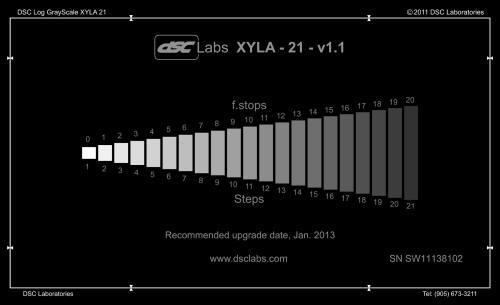
It is important to note that they did this test in a complete blacked out room, with a very sharp Zeiss CP2. 50mm 2.1 Macro lens, and set each camera at their respective native ISO, while only adjusting the aperture to get the proper exposure.
This is very helpful test, which puts a lot of things into perspective for people who are not only considering the A7s as their next purchase, but also, for those who want to see how other 4K cameras like the GH4 stack against some of he big boys like the ARRI Amira and Canon C300.
Let us know in the comment section what you thought of this test, and head over to Cinema5D to check out the full test on the link below.
[via Cinema5D]
Disclaimer: As an Amazon Associate partner and participant in B&H and Adorama Affiliate programmes, we earn a small comission from each purchase made through the affiliate links listed above at no additional cost to you.


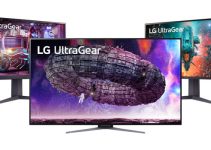

Thanks for this.
Any idea where the GH3 lands on Dynamic Range? Will give me an idea (being one of many who plan on migrating to GH4 and /or A7s)
Hi, Archie! It is safe to say that the GH3 dynamic range is around 9-10 stops. It depends on the settings and the picture profile you use.
Best regards,
4K Shooters Team
Unreal… I just picked up the A7s and the Slog2 is the only way to shoot. I use a Tiffen variable ND and obviously resolve to CC and the results are simply amazing!!!
http://www.emotion-vfx.com
Hi, Kris! We are also very impressed by this little 4k beast! Glad you’ve commented here! Happy shooting!
Best regards,
4K Shooters Team
I manage three video studios, 2 in the States and one in London. I just purchased 4 Sony a7s kits for the my team. We love them. Here is a candid I took of my daughter last night, it was in almost complete pitch black. I almost could not even see her with my own eyes. I had the 55MM T* Zeiss Lens on at the time.
http://www.pinterest.com/pin/346706871287466095/
I just looked at the review http://www.dvinfo.net/article/acquisition/panasonic-gh4-dr-and-gamma-timelapse-and-more.html They have a the GH4 at 13 stops in CineD. The same type of charts were used. What’s up with that?
Hi Edward, Cinema5D probably used different settings in the GH4, we don’t have their detailed settings as they didn’t list them in their test. In general we’ve seen the GH4 tested between 10-11 stops at best at different places. At the end of the day, it’s all numbers really. Not one test is the same IMHO. The GH4 is a fantastic camera and whether it’s 10 or 13 stops of dynamic range, I don’t think it matters that much. If you like the images off of it, does it really matter? Same thinking applies to 8bit vs 10bit (A7s vs GH4). I try not to stress over numbers anymore, they can be quite meaningless at times.
Thanks Ogy, have you seen this. At 42 sec https://t.co/owjVKRCxIY Matt Frazer says you can get 4k 10bit 444 from the GH4 is this coming?
Hi Ed,
I’ve seen it, but do thank you for sharing it. I have not heard of something like this coming to the GH4. I think Matt is referring to the Aja Ki Pro Quad recording 10 bit ProRes 444, not the GH4. The GH4 at the moment tops out at 10bit 422, but in reality even if the GH4 gets a firmware update for any sort of 10bit 444 output (which I highly doubt) it wouldn’t be such a massive difference. It’s all a numbers game really, which I am a trying to look beyond and focus more on the images, rather then the numbers behind them.
Hope this helps,
Ogy
Team 4K Shooters
Hey guys, great test.
I’m about to take the plunge and upgrade from my 550D and am, for some reason, torn between the Blackmagic Cinema Camera, Production Camera and the A7s.
The A7s winning out on most fronts (sensitivity, dynamic range, power etc…) doesn’t deter me from the fact that the Blackmagic colour science and ability to shoot Prores natively creates a wonderful image, albeit, with many caveats. Also, the global shutter of the 4k version is hard to ignore.
I mostly shoot short narrative pieces but don’t own a lot of lighting equipment. I love shooting action and shoot on a shoulder rig very often. My biggest fears in finally taking the plunge and buying the A7s are the rolling shutter issues and the integrity of the 8bit source.
A suggestion or just some guidance from someone who’s shot with a wider range of cameras than myself would be much appreciated.
Keep up the work guys, thanks.
Billy, thanks for kind words. Like yourself, I was in a similar position some moons ago when I upgraded from a 550D to a 7D back in the stoneage 🙂 when Blackmagic were not making cameras, I wish they did but at the time the 7D was the only thing affordable enough I could get my hands on, and it wasn’t that big of an improvement. Today, you’re in much better position than me four years ago. As a BMPCC owner, and a BMCC EF owner, I can honestly say they are the best bang-for-the-buck one can get. However, it all comes down to what you’d be shooting.
The A7s has gotten the attention of lots of folks ready to dump their existing DSLR’s and chase low-light sensitivity, Full-frame”ness” or whatever. Don’t stress so much on the 8-bit vs 10-bit – at the end of the day those are just numbers. I have shot and delivered more than half of my footage in 8 bit form to my clients, which where happy and never questioned it. If you have requirements to shoot 10 bit ProRes and want to do more narrative drama, or music videos – from my experience I’d go Blackmagic – be prepared to live with the quirks though – not so ergonomic, battery life can be painful, but hey I shot a feature film on a single BMCC and never looked back.
Right now, the BMCC EF might make more sense for you , as it is really cheap , has better DR than the 4K Production Camera, and native EF mount, no need for external recorder. If the rolling shutter is a concern (which legitimately it is for lots of people including myself) I’d say the BMCC is a safer bet then the A7s. But yet again, do try them out before you buy, rent or borrow don’t just take my or any other word for it.
For me personally migrating from a 550D to 7D then to other cameras (AF101 and others) and them BMCC was a relatively straight forward process and didn’t require too much time to get used to things in a BMD world. Shoot with both the BMCC/BMPC/BMPCC and the A7s if you can so you can see best for yourself which you feel more drawn to, can afford (alongside all accessories and bits – and there are plenty with both systems).
Hope this was helpful. Keep in touch and let us know how you get on.
Cheers,
Ogy
Evaluate your needs first – do your clie